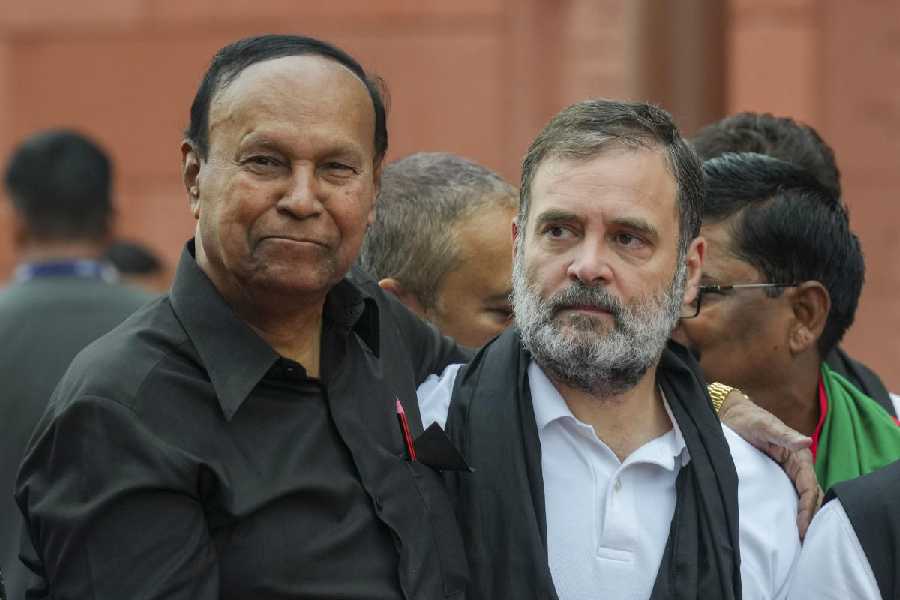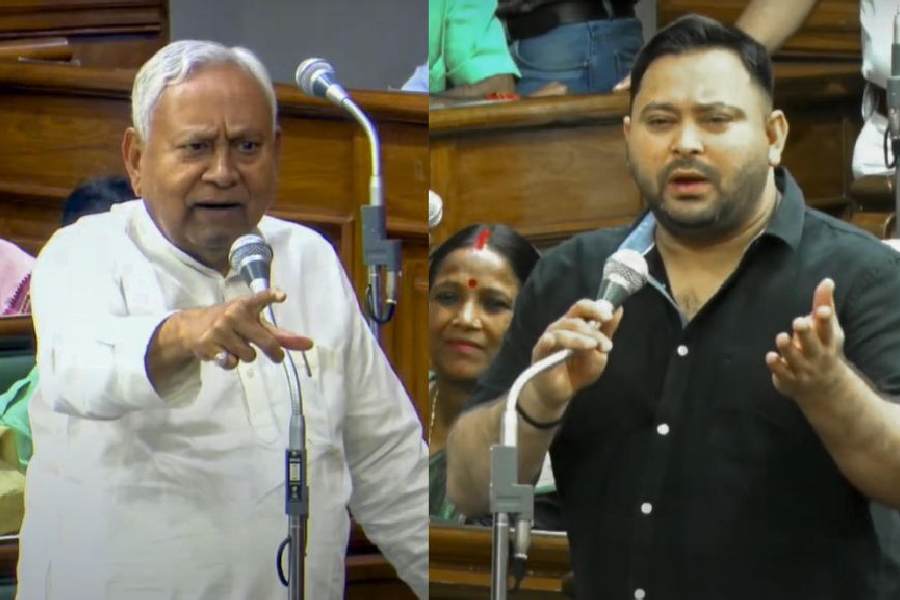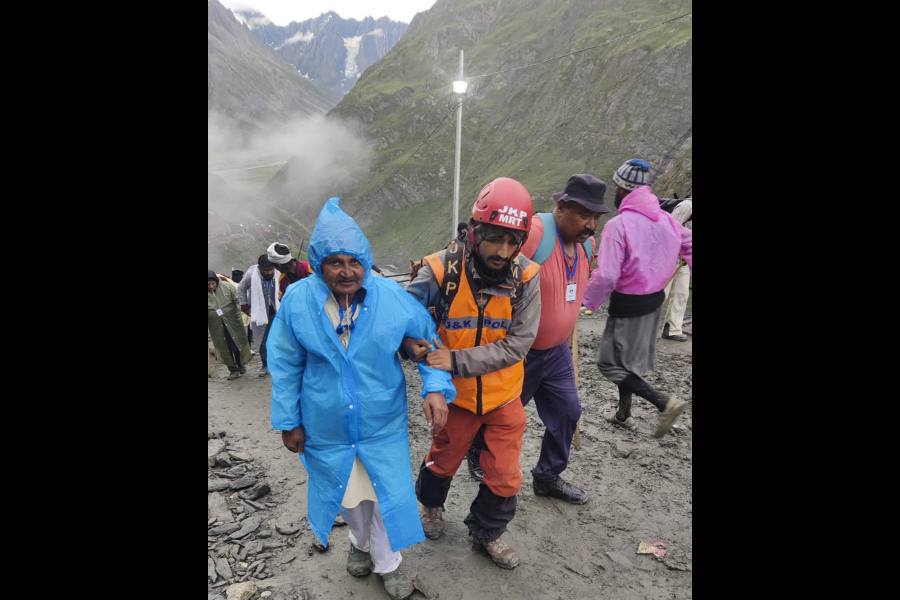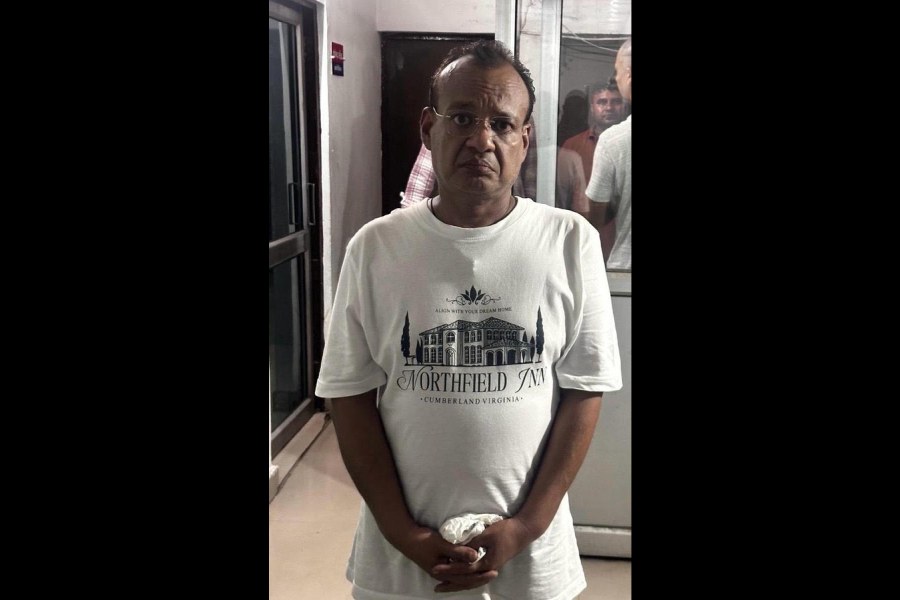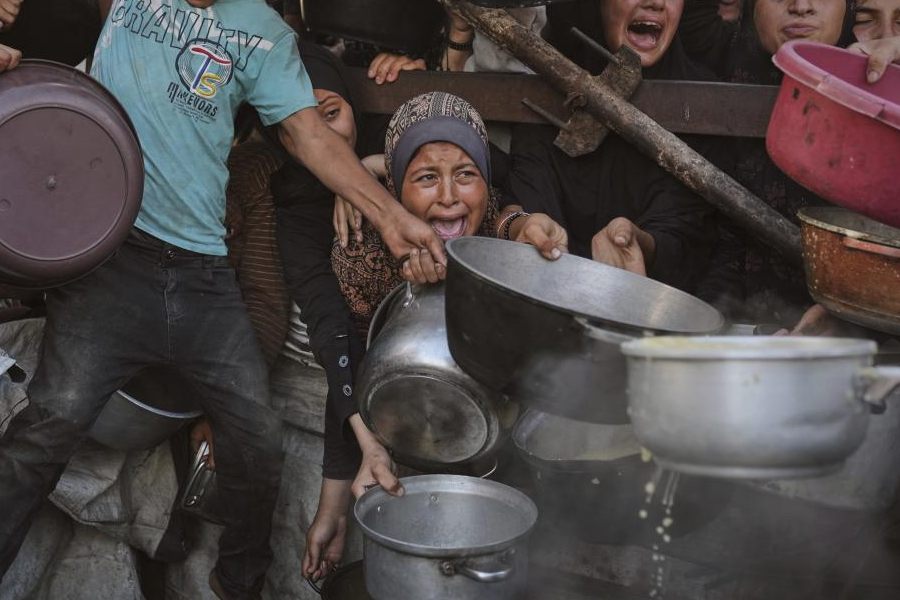 |
Brandon D’ Souza, who heads Tiger Sports Management, driving the Indian Golf Tour, speaks to Subhro Saha on the evolution of the Merchants’ Cup Golf tournament.
![]() What prompted you to come forward and promote this meet?
What prompted you to come forward and promote this meet?
As far as inter-company events are concerned, golf is the oldest discipline, and this meet was started way back in 1906. Apart from the two World Wars, this event has never ‘not happened’. Six years ago, when we were approached to get involved, I took it gleefully. Being a Calcutta boy, I had a selfish reason, because I had honed my skills as a golfer here and my entire family plays golf. But in the larger context, I always believed in the product.
![]() How has this Merchants’ Cup evolved over the years?
How has this Merchants’ Cup evolved over the years?
The beauty here is traditionally, every major corporate always had four people on the rolls who played golf, because Calcutta was a corporate city. This has all been eroded and then we went to companies who said hey, we don’t have four guys, we have three or two. So we took the format and tweaked it in the last six years. It has increased the number of teams, increased the involvement of small, mid-cap and big companies and I think eventually we are on the right track again.
![]() Can you elaborate on the technical changes made in the tournament format?
Can you elaborate on the technical changes made in the tournament format?
At one stage, there was only one category, called the Merchants’ Cup, split into three divisions. You had to have four guys who had to be full-time employees and they would have to go out and play a full 18 holes of golf. Over a period of time, we have modified it and also tried to bridge the gap between teams. One is we made it three out of four scores. But the biggest difference we have made is to have the handicap enclosure up to 6. You are allowed to discard your worst hole and go back to par on that hole. From 7 to 15 handicap, you are allowed to discard your worst two holes and from 16 to 24, you are allowed to discard three holes and go back to par.
![]() What is the ultimate objective of all this rule juggling?
What is the ultimate objective of all this rule juggling?
The ultimate objective is to go back to the glory days when it was a wanted event to get invited to, it was a black-tie dinner, you went there in your tailcoat with your bow-tie on. Maybe, we are still some distance away from that, but at least a semblance of respectability has returned to the event. We have been fortunate that someone like B.M. Khaitan has fronted the effort. At the end of the day, it has helped because this is definitely an influence on companies like Tata Steel, Tata Tea or ITC — companies we need involved. Along with it, this year, when we see an entrant like Cognizant (Technology Solutions), it’s exciting, not because they are great golfers, but because Cognizant is tomorrow.
![]() Has the field been diluted over time?
Has the field been diluted over time?
Look at the history of the best amateurs of the country. Besides Lakshman Singh (picture above by Santosh Ghosh) and Alan Singh, we also had Vikramjit Singh, Manjit Singh and Billoo Sethi. They were all part of Calcutta’s corporate structure, playing for companies like Tatas, Duncans, Phillips Carbon Black, Metal Box, ICI… Why can’t their replacements in their respective companies take their positions in the Merchants’ Cup too? We are leaving no stone unturned to ensure everybody is in the loop. What I worry about is what Vijay Amritraj says about our tennis: why can’t we produce a second line of golfers?
![]() But is the outlook bright, nevertheless?
But is the outlook bright, nevertheless?
I’m excited the Asian Junior Masters is happening at the Royal (RCGC). But eventually, if my corporates don’t get back into the game and my corporate managers are not playing, I don’t have a hope in hell. It’s a chicken-and-egg story. Every sport in India cannot be cricket. Why can’t golf be a second substitute, which is what I’m aiming for. That is why when we spread the good news of a Jeev (Milkha Singh) doing well or a Shiv Kapur doing well, or a Jyoti (Randhawa) doing well, we believe it’s because they need to be glorified and made household names.
![]() What to you were the highlights of this edition? Are the changes working?
What to you were the highlights of this edition? Are the changes working?
The highlights this time were McLeod Russel’s stranglehold being broken by Madhya Bharat Papers, Oil India entering the fray, and lots of lady executives coming to the party. That’s a good sign because we want it to become a unisex event.
The biggest difference we made in the format was for companies who couldn’t put up four players, we started a Challenge Cup, where there could be two people from one organisation nominating two others. You suddenly have a single businessman, a sole proprietor, playing for his friend’s team, feeling part of it and coming to the party. Winning is important, but you can’t miss the focus of having fun. That’s what the Merchants’ Cup is all about.


